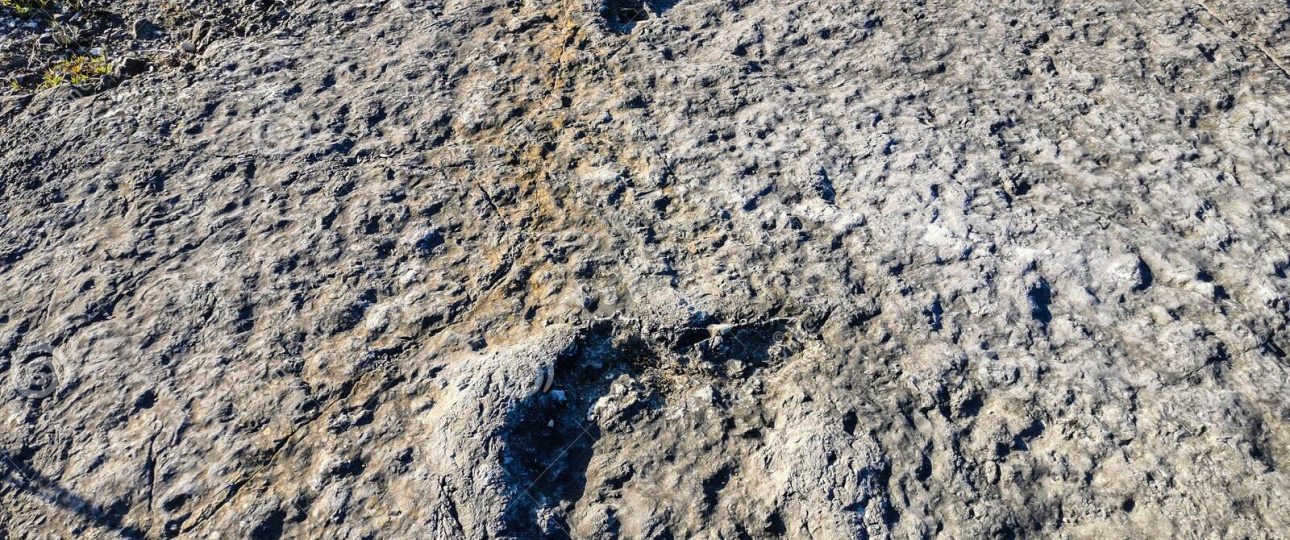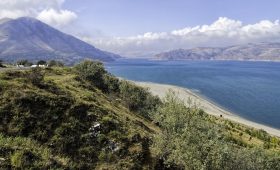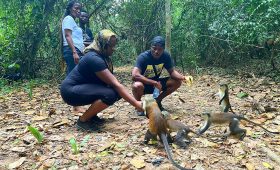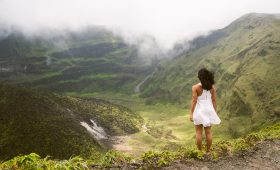Exploring Kugitang Nature Reserve: Turkmenistan’s Natural Marvel
Located on the western slopes of the Kugitang Stanto Mountains, near the Uzbekistan border, Kugitang Nature Reserve spans over 27,140 hectares. This reserve was established in 1986 to protect its unique ecosystem and the endangered capra falconeri, a wild mountain goat. The name Kugitang, or Koyentag in Turkmen, translates to “almost impassable mountains,” hinting at the rugged terrain that awaits adventurous travelers.
Unique Features of Kugitang Nature Reserve
Dinosaur Plateau
The most striking feature of the reserve is the Dinosaur Plateau, home to over 400 dinosaur footprints dating back approximately 150 million years. These footprints, left by the Magalosauripus species during the Jurassic period, offer a fascinating glimpse into prehistoric life.
Mountain Landscapes
The reserve boasts Turkmenistan’s highest peak, Air Baba, which rises to 3,137 meters. The area is characterized by deep canyons, including the 28-kilometer-long Hodjachilgazbaba Canyon and the Daraya Canyon, with walls reaching up to 600 meters. These dramatic landscapes provide ample opportunities for hiking and exploration.
Flora and Fauna
The upper mountain regions are covered with walnut, maple, juniper, and wild grape forests. The reserve was specifically established to protect the Markhor, a wild mountain goat, whose population has grown to 500. Additionally, the area is home to around 300 mountain sheep, 100 wild cats, and occasionally, Persian leopards.
Geological and Cultural Sites
Visitors can explore the Kyrk Gyz Cave, a revered pilgrimage site, and the Kaptykan Cave, part of Central Asia’s most extensive limestone cave network. The Kainar Baba sulfur spring is another notable landmark. These sites offer rich historical and cultural insights, having been used by smugglers and explored by Soviet geologists.
Best Time to Visit
The ideal time to visit Kugitang Nature Reserve is during spring and autumn. These seasons offer mild weather, making it easier to explore the reserve’s diverse landscapes. Spring brings vibrant blooms, while autumn showcases a stunning array of colors as the leaves change.
Getting There
To reach the reserve, fly into Ashgabat, Turkmenistan’s capital. From there, Turkmenistan Airlines offers daily flights to Turkmenabat (formerly Chardjou), with a flight time of about one hour. After landing, a three-hour car ride will take you to the reserve. It’s advisable to arrange your trip through a travel agent who can secure the necessary border zone permits and provide a driver.
Local Transportation
Within the reserve, hiring a local guide is recommended for navigating the terrain and gaining valuable insights into the area’s history and biodiversity. While there are several well-marked hiking trails for those who prefer to explore on foot, transportation options are limited, so plan ahead.
While Kugitang Nature Reserve offers breathtaking landscapes and rich history, potential visitors should be aware of the challenging terrain and limited infrastructure. Proper preparation and planning are essential for a safe and enjoyable visit.




